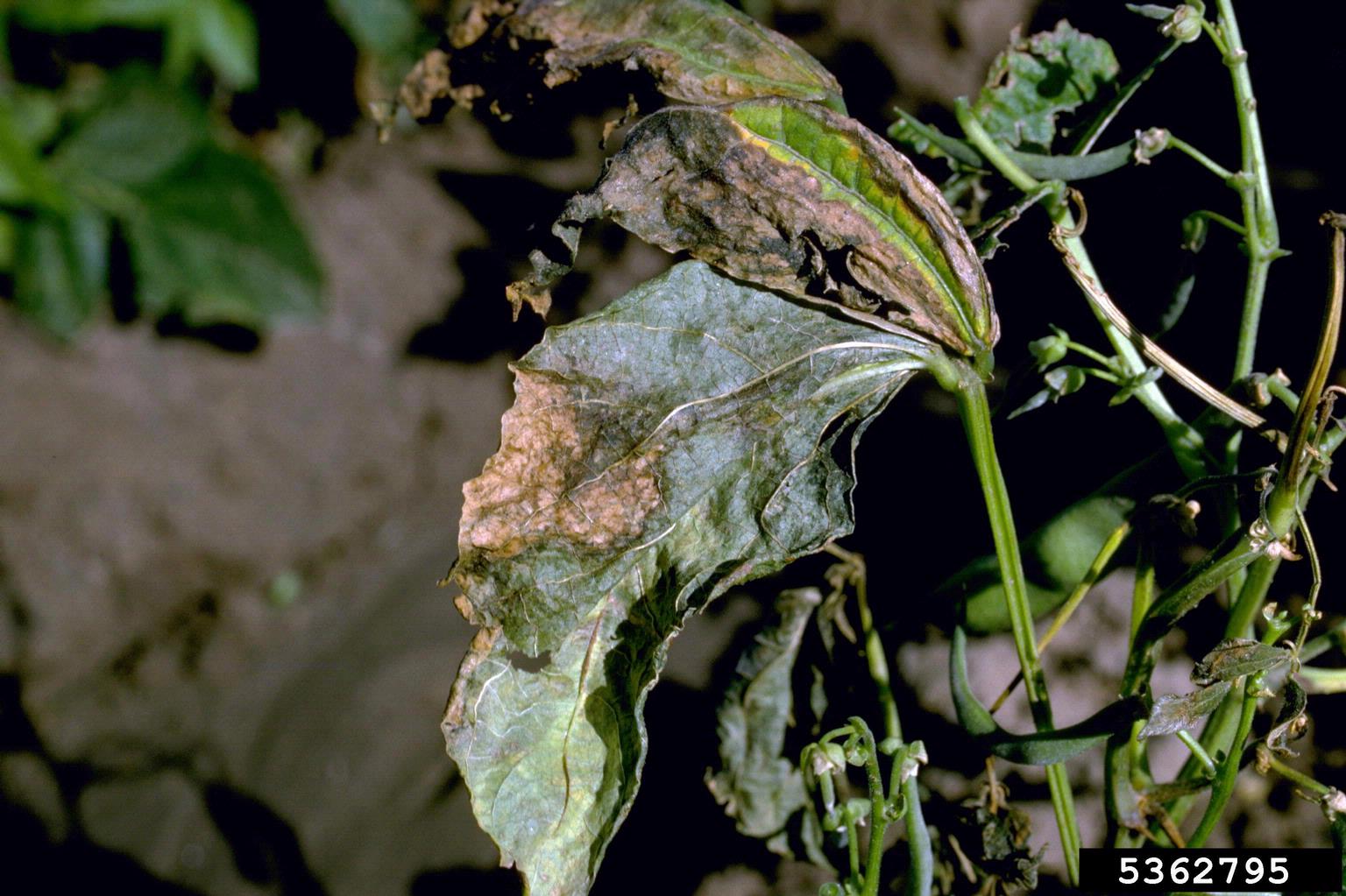
Under ideal conditions, beans are an easy, prolific crop for the home gardener. However, beans are susceptible to a number of diseases. Bacterial wilt or blight in bean plants is one such disease. Advanced cases can decimate a crop. Are there any bacterial wilt treatments or, at the very least, is there any method for control of bacterial wilt? Let’s find out more.
Bacterial Wilt in Beans
Bacterial wilt of dry beans is caused by Curtobacterium flaccumfaciens pv. Flaccumfaciens. Both bacterial wilt and bacterial blight in bean plants are fostered by moderate to warm temps, moisture, and plant wounds both during and post-flowering. The bacterium affects many types of beans including:
The first symptoms of bacterial wilt in beans appear in the leaves. Hot, dry weather is often enough to trigger an explosion in the growth of the bacteria. It infects the vascular system of the beans, impeding water movement. Young seedlings wilt as well as the leaves of older plants. Irregular lesions also appear on the leaves and eventually drop off. Pods may also have evidence of infection and seeds may become discolored. Infection during the initial growth phase can stunt or kill seedlings. The bacterium survives in infected debris and is also seed borne, making it difficult to treat. So how can you control bacterial wilt?
Bacterial Wilt Treatment
This particular pathogen is a tough cookie. It can overwinter in infected bean debris and even on the debris of other crops that have been rotated in following a bean crop. The bacterium can still be viable after two years. It is spread from the debris by wind, rain, and irrigation water. This bacterial pathogen can be managed, but not eliminated, through crop rotation, sanitation, sowing only treated certified seeds, varietal selection, and avoiding stress and excessive moisture on foliage.
- Rotate crops for three to four years with a bean crop in the third or fourth year only; plant corn, veggies, or small grain crops during the rotation period.
- Practice sanitation of not only bean debris, but removal of any volunteer beans and incorporation of straw into the soil.
- Sanitize tools and storage containers that may have been associated with the beans, as they may also harbor the pathogen.
- Only plant certified seeds. This will lessen the possibility of infection, although the pathogen can still be imported from an external source.
- Plant resistant varieties. Heirlooms and other older bean varieties, like pinto or red kidney, are susceptible to the disease. There are newer varieties currently available that are more resistant to bacterial infections.
- Don’t work among the beans when they are wet. Also, avoid irrigation via sprinklers which can spread the disease.
A copper based bactericide may reduce infection of bacterial blight and bacterial wilt in bean plants but it will not eradicate it. Apply the copper spray in the early growing season, every seven to ten days to reduce the number of pathogens.
Sign up for the Gardening Know How newsletter today and receive a free copy of our e-book "How to Grow Delicious Tomatoes".

Amy Grant has been gardening for 30 years and writing for 15. A professional chef and caterer, Amy's area of expertise is culinary gardening.
